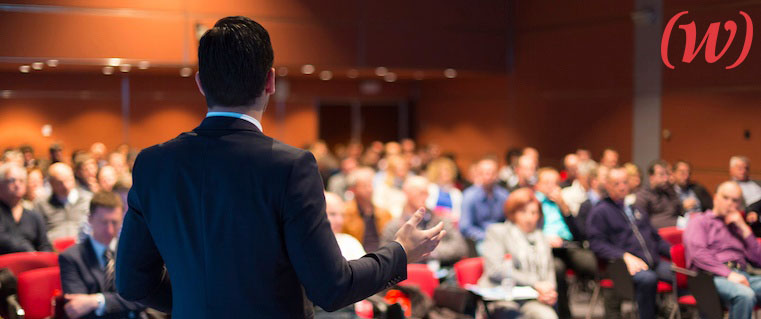By Grant Wright, CEO
It’s interesting to me that some people seem wired to presume the worst or best in someone, no matter the actions of that someone. Standing on opposite sides of a big ‘6’ laid on the ground, two people will see the same thing but think differently. One sees a six, the other a nine. Both are right, but both could be adamant the other is an idiot.
When developing a position, we rely on three things – our values, experiences and beliefs. Values – the principles, standards and qualities that guide our decisions and the way we live our lives – are formed starting in childhood. They influence our judgment and, relatively speaking, over time become deeply set within us. Changing them is like changing the course of a supertanker by a rubber dinghy pushing on its side.
Experiences, too, are even further on the spectrum of being unchangeable. While we can later reinterpret the experience perhaps with a different lens of new information, the factual experiences themselves are set like values and not within our control.
Beliefs, on the other hand, are within our control. For example, whether you choose to believe the worst or best in the current presidential election, chances are you’ll be right, or at least think you are. While values and experience are relatively set, it’s beliefs we seek most to influence.
At (W)right On, we’re often heard saying ‘before communication starts, know your audience’ and ‘understand your goal of the particular communication.’ Is it to inform? To change an opinion? Cause an action? And this brings us back to understanding the audience’s values, experiences and beliefs, the last of which you may seek to change. But how to do this?
1. Research!
Before we begin engagements, we’ll often tell new client partners that they should expect to see fewer overt outcomes in the earliest days as this period should allow for behind-scenes research if not already conducted. It’s important to understand the target audience demographic and its alignment, or not, with the given product or service. Trying to communicate the merits of skateboards to senior citizens is like trying to sell retirement packages to 15 year olds. Our goal with research is to ensure communication programs are first accurate before they’re precise.
Creating a fake ‘ideal’ customer persona; studying competitors and how they connect with their audiences you wish were yours; monitoring social media discourse; conducting a survey and meeting one-on-one with members of your target audience are all ways to help know your audience better.
2. Strategy & Tactics
From there, strategy can be developed and tactics deployed to influence beliefs. These might involve bringing the person around the table to see the 6 or 9 from the other’s point of view; modifying the skateboard to a scooter, or the retirement package to an education package; or engaging influencer communications as part of a pull strategy. If we understand our audience, their values, experiences and beliefs, we can then develop a strategy that they are more likely to respond to.
3. Measurement
…a sticky word in public relations but absolutely essential. If your strategies don’t deploy feedback mechanisms and measurable parameters, how will you know if your strategies and tactics to shape beliefs are effective? Some of these parameters might be readily observable – social media statistics, share of voice, top of mind awareness, increased sales demonstrably linked to a specific campaign – while others like brand valuation measurement are less so. At (W)right On, being able to measure and then hone our efforts for best effect are so important that we’re certified by the Association of Measurement & Evaluation of Communications (AMEC) based in London, UK.
4. Close the Loop
With research, intentional strategy, tactics and measurement, closure for best effect comes by not being rigid in approach. Sometimes a communication program will begin with one strategy perhaps even influenced by best practice or success from another industry, but then adapt and become even stronger with new technology or information gained from effectiveness assessment. Some call this ‘continuous improvement’, but really this is just the machinery of a good communication program at work. More broadly, this is also reflective of communication industry evolution for those who keep up.
At (W)right On, we know perspective and context are key in communications, just as are continuous learning, new technologies and an open mind. Whether people see a six or a nine, both are right. Now that that’s settled, where do you go from there?
















